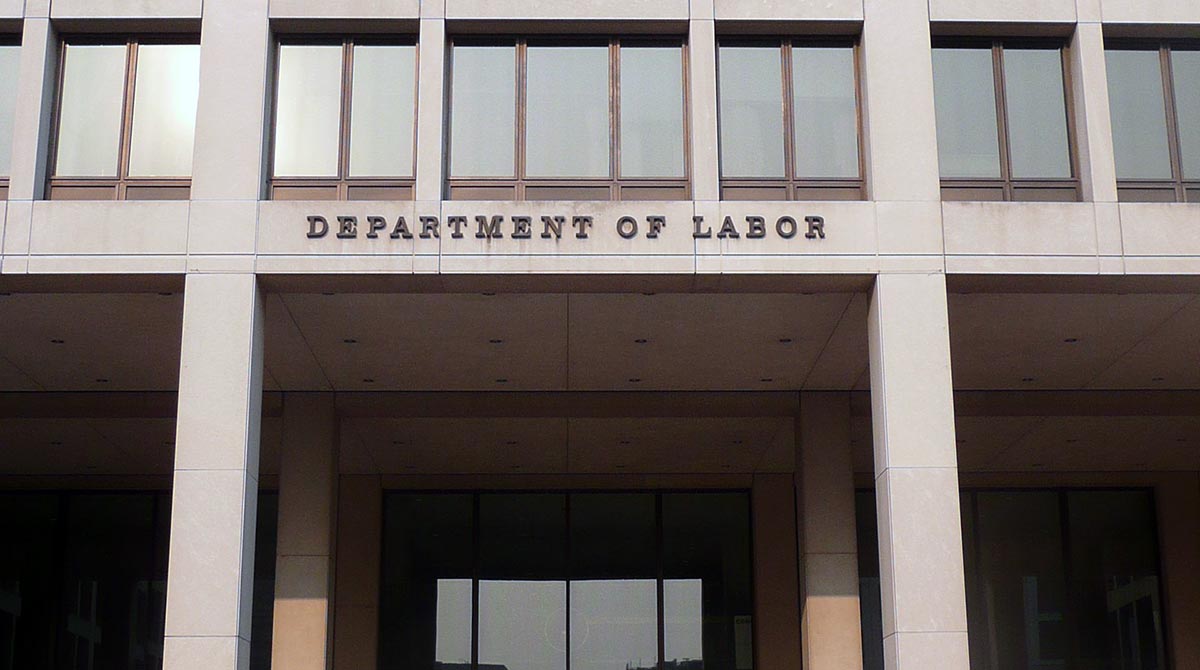Labor Department Rescinds Joint Employer Guidance

Guidance for holding companies responsible as joint employers for labor violations by their contractors was rescinded, the Department of Labor announced the week of June 5.
The department explained that the announcement does not change legal responsibilities of employers under the Fair Labor Standards Act, as well as the Migrant and Seasonal Agricultural Worker Protection Act.
“The department will continue to fully and fairly enforce all laws within its jurisdiction, including the Fair Labor Standards Act and the Migrant and Seasonal Agricultural Worker Protection Act,” according to the department on June 7.
The announcement is seen as a move by the Labor Department toward reversing the rule. Meanwhile, various companies keep asking Congress to provide clarity about the responsibilities of joint employers.
The standard refers to employment with more than one employer, such as workers for a contractor who are hired by a separate company.
The Obama-era guidance followed a 2015 ruling by the National Labor Relations Board that expanded companies' liability for the actions committed by subcontractors.
Sen. Lamar Alexander (R-Tenn.), chairman of the Health, Education, Labor and Pensions Committee, welcomed the announcement.
“The NLRB’s joint-employer decision was the biggest attack on the opportunity for small businessmen and women in this country to make their way into the middle class that anyone has seen in a long time — threatening to destroy the American Dream for owners of the nation’s 780,000 franchise locations — and that threat increased when the agency in charge of worker protections attempted implementing its own joint employer enforcement," Alexander said.
Background provided by American Trucking Associations noted the announcement and withdrawal of the interpretations “does not change the underlying legal responsibilities, because they did not have the force of law.”
“However, the move suggests the current DOL’s approach to worker classification and joint employment issues will depart significantly from the prior administration,” ATA noted.




